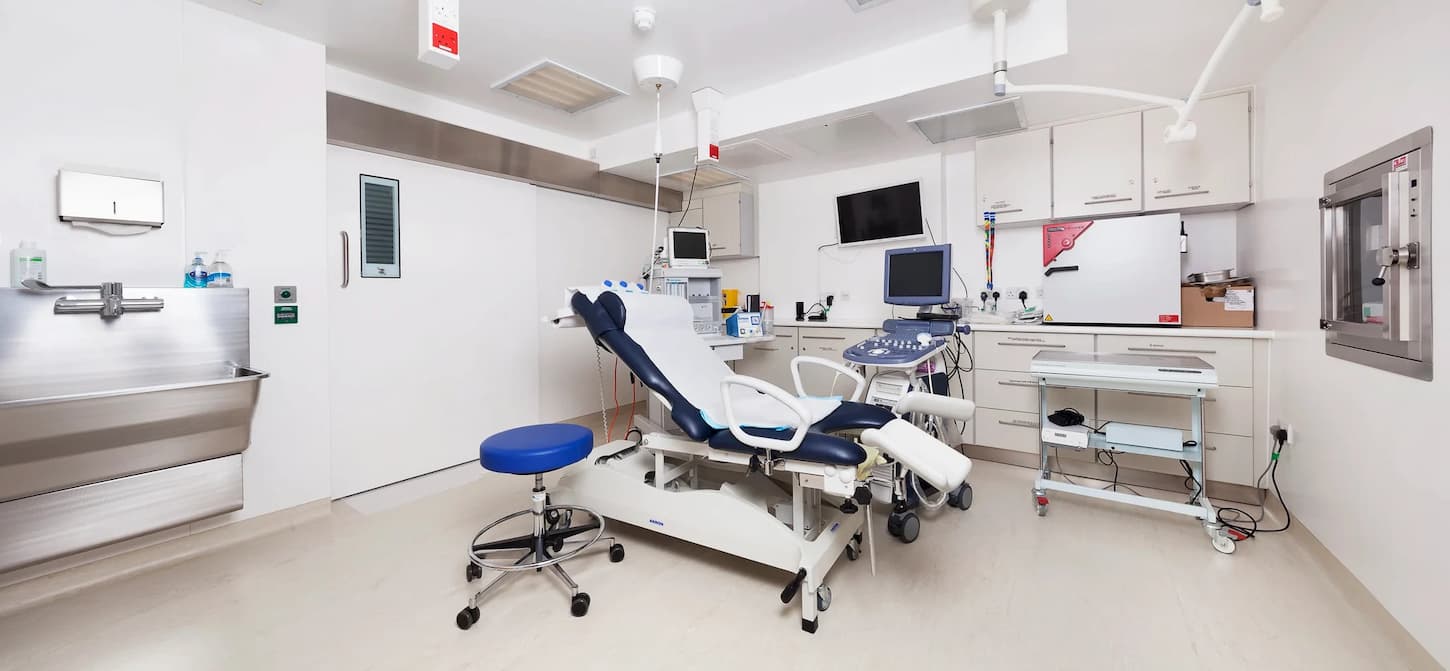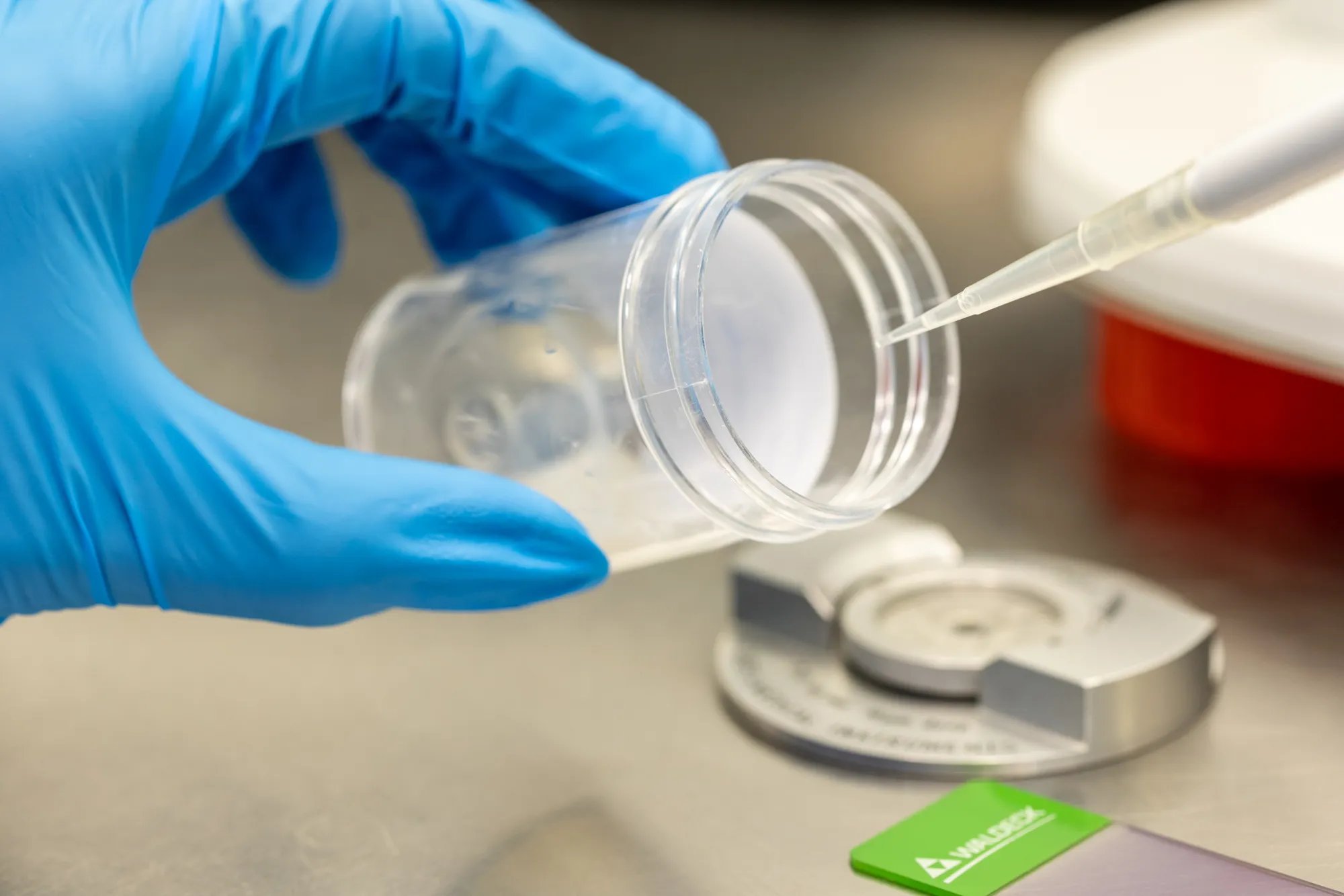Surgical Sperm Retrieval for fertility treatment
Safely retrieve your sperm either for immediate fertility treatment or to be frozen for use in the future.
Introduction
Is surgical sperm retrieval right for me?
If you’re one of the 1-2% of males who have no sperm in their ejaculate, don’t worry – there are a number of surgical options that can help support your dream of becoming a parent. We’ll help you decide the best treatment plan based on whether the cause is due to a blockage (obstructive) or not (nonobstructive). Where there’s a blockage, we can carry out a biopsy to see if there’s any normal healthy sperm in the testes (this is the case for 40% of men). Or if there’s no blockage, additional tests can check your sperm production and medications can increase it if needed.
Who’s it for?
You might want to use surgical sperm retrieval if…
- You have azoospermia
- You’ve had a vasectomy
- You’ve had a failed corrective surgery for an obstruction
- The sperm quality is poor
- There is persistent infection in ejaculated sperm samples
- There is a high degree of sperm DNA fragmentation
Statistics at Harley Street
The chance of success by the minimally invasive techniques known as PESA or TESA in straightforward obstructive azoospermia cases is almost 90%.

The surgical sperm retrieval procedure and what to expect
Step 1: Talk to your doctor
We put every patient on the best possible treatment plan with the highest chance of success. As surgical sperm retrieval is a supplement to other fertility treatments and there are lots of factors involved, the first step will be a discussion between you and your doctor about the type of surgery that might be beneficial for you.

Step 2: The procedure
There are three types of surgery you might have depending on the cause of your azoospermia. They are: PESA or percutaneous epididymal sperm aspiration, which involves inserting a fine needle into the storehouse over the testis; TESA or testicular sperm aspiration, which involves retrieving sperm directly from the testis; and micro-dissection TESE, which involves an incision on the scrotum with both testicles being examined under the microscope on the operating table while you’re under general anaesthesia.

Step 3: Aftercare
Most patients are told on the same day whether sperm was retrieved, although this can take two days in some cases. Recovered sperm with good motility and normal morphology can be used immediately for treatment using ICSI, or frozen for the future.

Step 4: Further testing
As men with azoospermia are at higher risk for certain inherited conditions, we also recommend further testing including chromosomal analysis, testing for genetic defects, and testing for cystic fibrosis.


“I cannot thank the team at Harley Street Fertility Clinic enough for giving us our son!”
Mylvaganam

Additional treatments
Treatments
Endometrial Scratch
A technique that maximises egg growth for collection before fertilisation and transfer back into the uterus.
Treatments
Advanced Fertility Treatments
Explore the full range of world-class treatments we have at our state-of-the-art clinic to support your fertility journey.
Treatments
Advanced Embryology
Accurately choose the best embryo for transfer into your womb to increase your chances of a successful pregnancy.